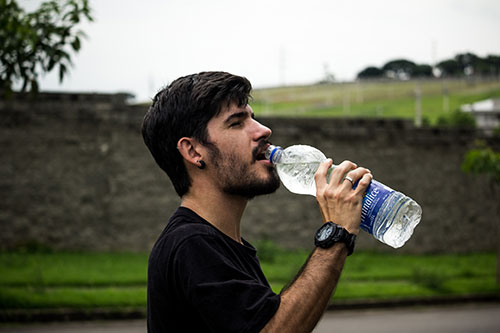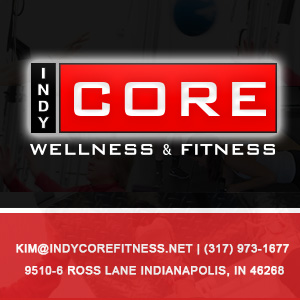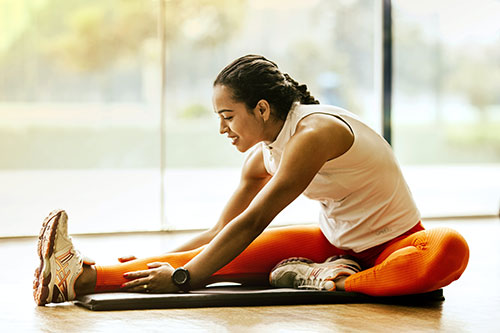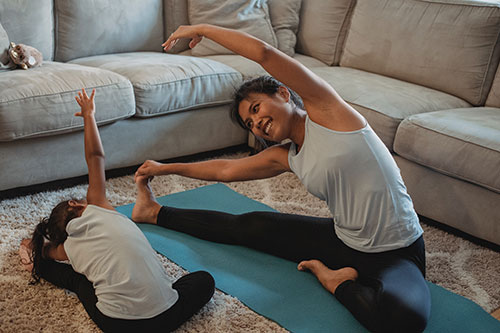
Did you know that poor blood flow and knots in your muscles will keep you from burning calories and losing weight? Foam rolling needs to become part of your workout to help keep your fat burners working at 100 percent.
Foam rolling is an excellent technique to recover after strenuous activity. Athletes can use this technique the same day or the day after a hard workout.
Myofascial Release applies pressure to parts of the body in order to release tension. During your workout scar tissue can form in the muscle creating little knots. In addition to “removing” those little knots, this recovery technique can lead to greater joint mobility and range of motion.
Foam rolling will improved blood circulation in the muscle. The muscle will repair faster due because the problem areas are getting more nutrients with increased blood-flow. Foam rolling is also great for stretching your muscles because it helps to relieve the tightness and knots that come with regular high-intensity workouts.
In the video below, Megan demonstrates two techniques to release this tension and remove the knots in your legs. Both of these recovery techniques are great for runners or those who have done a lot of running for their cardio exercise regime.
- Calf Foam Roll: Start at your achilles tendon and work your way up to the back of your knee. As you roll note any sensitive points and apply the rolling motion back and forth and side to side. Work each area for about two minutes. Repeat the process for the other leg.
- Thigh Foam Roll: This technique focuses on the side of your thigh. Start at the fibular head and roll to the top of the thigh. Again, you want to pay attention to those areas where there is sensitivity and tension. Roll for two minutes on each side.
To learn more give us a call at 317-973-1677 or email us at kim@indycorefitness.net. We are open from 5:00am to 8:00pm.















